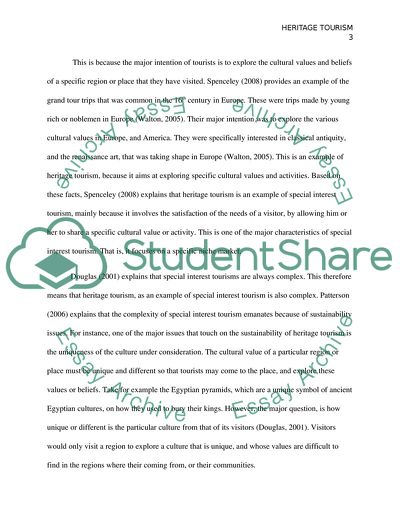Cite this document
(“Heritage Tourism Essay Example | Topics and Well Written Essays - 1750 words”, n.d.)
Heritage Tourism Essay Example | Topics and Well Written Essays - 1750 words. Retrieved from https://studentshare.org/tourism/1676863-heritage-tourism
Heritage Tourism Essay Example | Topics and Well Written Essays - 1750 words. Retrieved from https://studentshare.org/tourism/1676863-heritage-tourism
(Heritage Tourism Essay Example | Topics and Well Written Essays - 1750 Words)
Heritage Tourism Essay Example | Topics and Well Written Essays - 1750 Words. https://studentshare.org/tourism/1676863-heritage-tourism.
Heritage Tourism Essay Example | Topics and Well Written Essays - 1750 Words. https://studentshare.org/tourism/1676863-heritage-tourism.
“Heritage Tourism Essay Example | Topics and Well Written Essays - 1750 Words”, n.d. https://studentshare.org/tourism/1676863-heritage-tourism.


